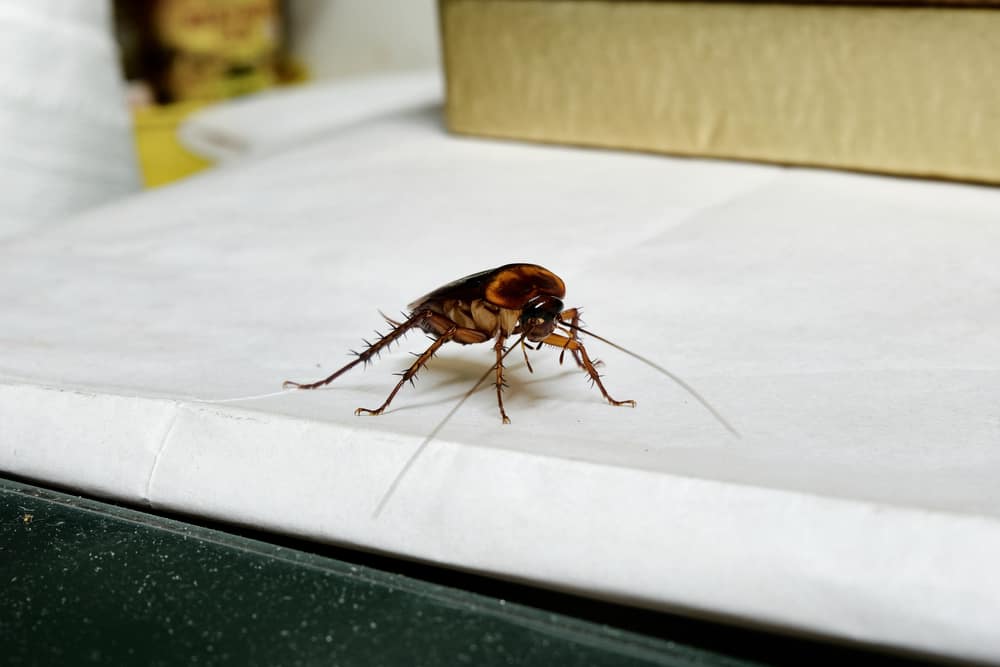There are a lot of different types of insects in the state of New Hampshire but which ones should you be worried about invading your home? Whether seasonally or permanently, some insects and rodents love either preying or dwelling in people’s homes, and that can make them quite problematic to deal with.
Here we are going to talk about bugs in particular, however, as rodents present a whole other set of challenges that are deserving of their own separate article. So, which are the 9 common house bugs in New Hampshire you need to keep in mind and what do you need to know about them?
9 Common House Bugs in New Hampshire
The two main categories we can divide house bugs into are year-round bugs and seasonal bugs. This distinction is key because year-round bugs tend to settle in your home and stay active 365 days a year (with just some slight variation between the seasons) while seasonal bugs are either completely inactive for a few months and/or just invade our homes periodically without nesting in them.
Year-round house bugs
Even though the New Hampshire winters are much harsher than those in many other states, there are still quite a lot of household bug pests that don’t have much trouble pestering us all year round. Such insects are typically of the indoors-only types and don’t need or try to spend any time outdoors – they nest inside, spread inside, and get all their nutritional and moisture needs inside. Naturally, this tends to make them much harder to deal with and get rid of.
1. Cockroaches
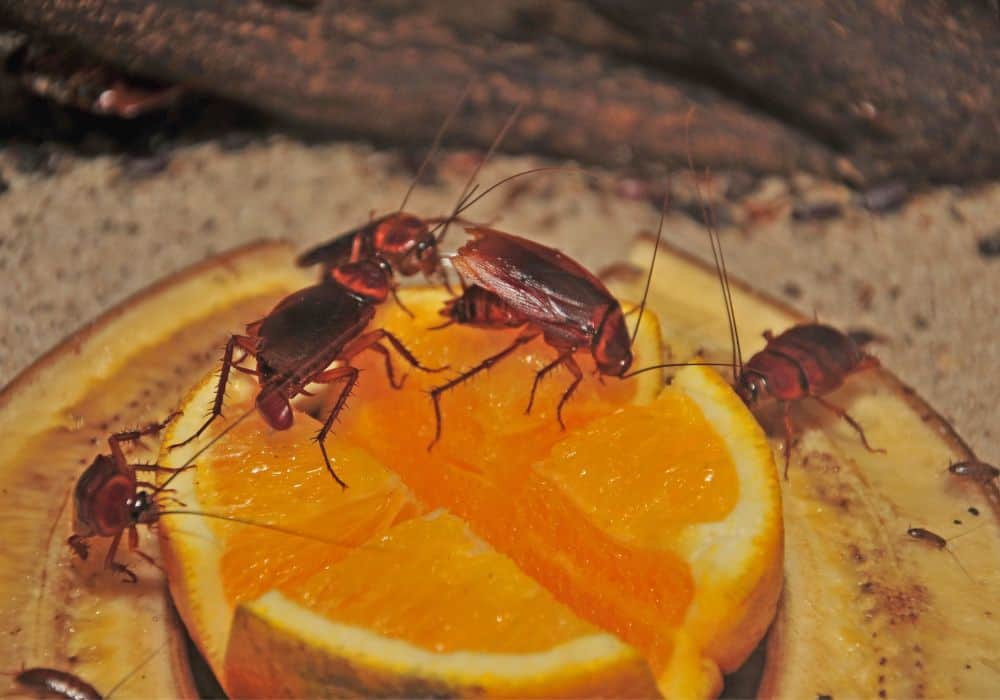
The first insect pest on most people’s minds is the cockroach. In the US as a whole, the three most common roaches that plague people’s homes are Oriental cockroaches, American cockroaches, and German cockroaches. Unfortunately for folks in New Hampshire, all three of these roach varieties can be found in urban areas in NH.
What’s more, while all three of these species of roaches are attracted to the same environments – damp and dark places to nest in with easy access to food – getting rid of either roach type tends to require different treatment tools as each of these roaches is resistant to different chemicals.
So, the first step in combatting this pest problem is identifying which cockroach you’re dealing with exactly. Here’s how to do that:
- American cockroaches are relatively large – one and a half to two inches long. They are reddish-brown in color and the backs of their heads have an easily-recognizable yellowish 8-like marking.
- Oriental cockroaches are about one inch long and they are easy to distinguish by their dark brown or black color and more sluggish behavior compared to the other two types common in New Hampshire.
- German cockroaches are the smallest of the three types as they are barely over half an inch long. They can come in various colors, however – from light tan to black – and they have two parallel black stripes on the backs of their heads.
Once you know which roach is present in your home, it’s time to get an insecticide suitable for it and start dealing with the problem.
2. Spiders
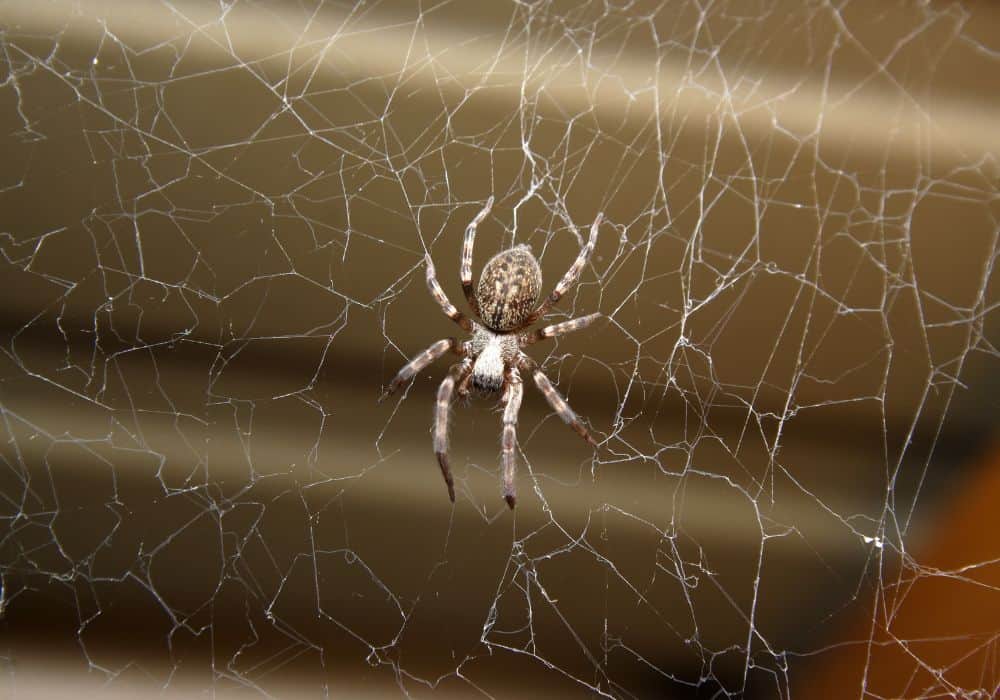
These insects are rarely as problematic as cockroaches or other pests. In fact, most spiders are seen as beneficial as they help clean out most other insect pests. Furthermore, most types of spiders will pretty much never bite a human as they know their venom isn’t nearly strong enough to cause us any harm. So, instead, most spiders prefer to just try and run away when confronted by people.
Some spiders do have venom that’s powerful enough to cause pain, swelling, and even a nasty allergic reaction and an anaphylactic shock. Such spiders can be especially dangerous if they’ve been allowed to multiply in large enough quantities which can easily happen in neglected backyard shacks, crawlspaces, basements, and so on.
Of the many spider species common in New Hampshire, the ones to be especially careful with are the brown recluse spider, the wolf spider, and the widow spider.
3. Termites
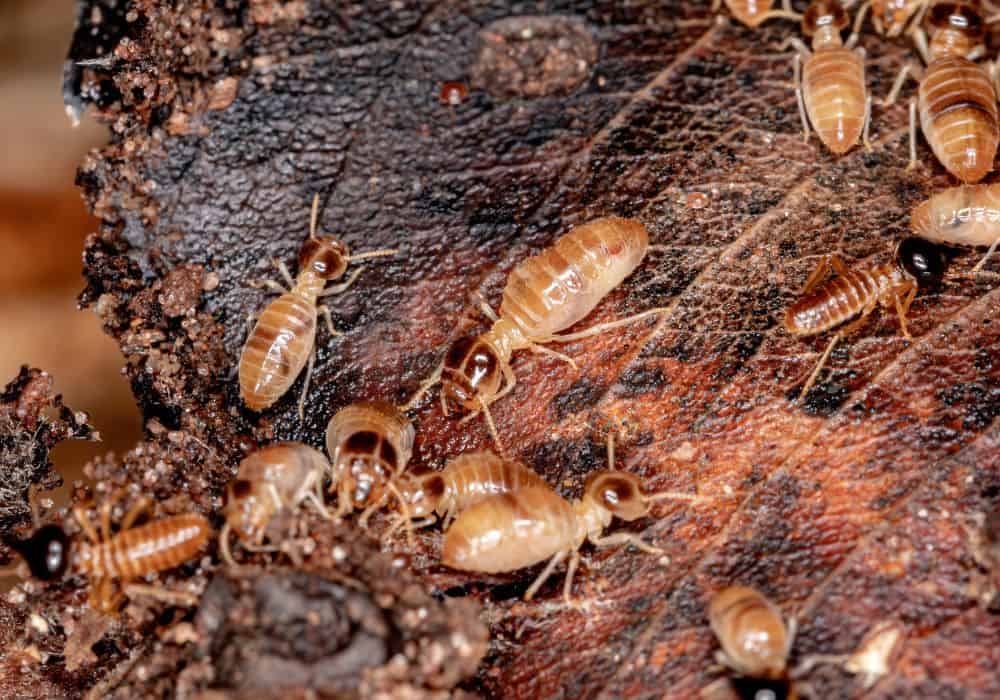
These insects are more of an “underground bug” rather than a house bug as they build and spread their nests underground. They are seen as major pests for people’s properties, however, as a termite colony can cause incredible structural damage to a house’s foundations in a manner of weeks.
Termites are less active in the winter but they are not inactive and don’t hibernate. Calling your local pest control service as soon as you see any signs of a termite colony nearby is a must.
4. Ants

Most ants are seen as more of a nuisance or an irritation rather than pests. Ants don’t spread nearly as many diseases as cockroaches or mosquitoes and they don’t deliver the nasty bites of some spider species.
Large ant colonies can be even harder to deal with than the nests of most common pests, however, and letting them to an unmanageable size is rarely a good idea. What’s more, some ants can also cause damage with their bites or stings. Fortunately for NH residents, the infamous red fire ant isn’t present in their state, however, Carpenter ants are and their mouthparts are typically strong enough to cause pain.
Keeping your home and property clean, and sealing off all the cracks and crevices of your house’s exterior is typically the best prevention against ant infestations. Once the cat is out of the bag, however, you’ll often need quite a lot of insecticides to deal with a full-blown indoor ant invasion.
5. Bed bugs
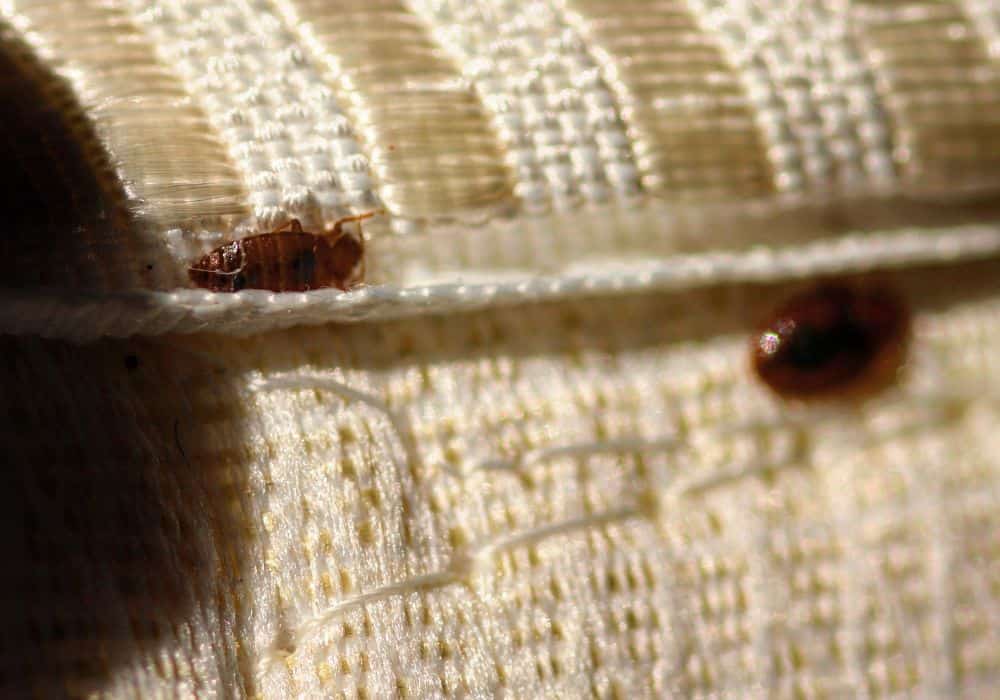
Bed bugs are one of the pests that are most likely to necessitate a visit from a pest control company. That’s not because they are all that common but because they are very difficult to get rid of without professional help or whole-house bug fogging.
The key characteristic that makes bed bugs so frustrating is that they are incredibly tiny and very proficient at hiding both themselves and their eggs in the hardest-to-reach places in a house. So, using things such as insecticide sprays and bug traps just doesn’t work well enough.
The worst part is that keeping bed bugs out is never 100% possible because the way they infiltrate our homes is by hitchhiking on our clothes, bags, and new furniture from other places, be it hotels, motels, public transport, or others.
Seasonal pests
A lot of the most common insects in New Hampshire are seasonal because of the major climate differences between the summers and winters there. So, whereas the weather changes much less in most southern states and the insect pests there can stay active more consistently, in northeastern states such as New Hampshire there are a lot of insect pests that are a problem for only a few months a year.
This also means that these next few pests can be classified as non-house bugs because they don’t really nest indoors – they are only occasional invaders.
1. Flies
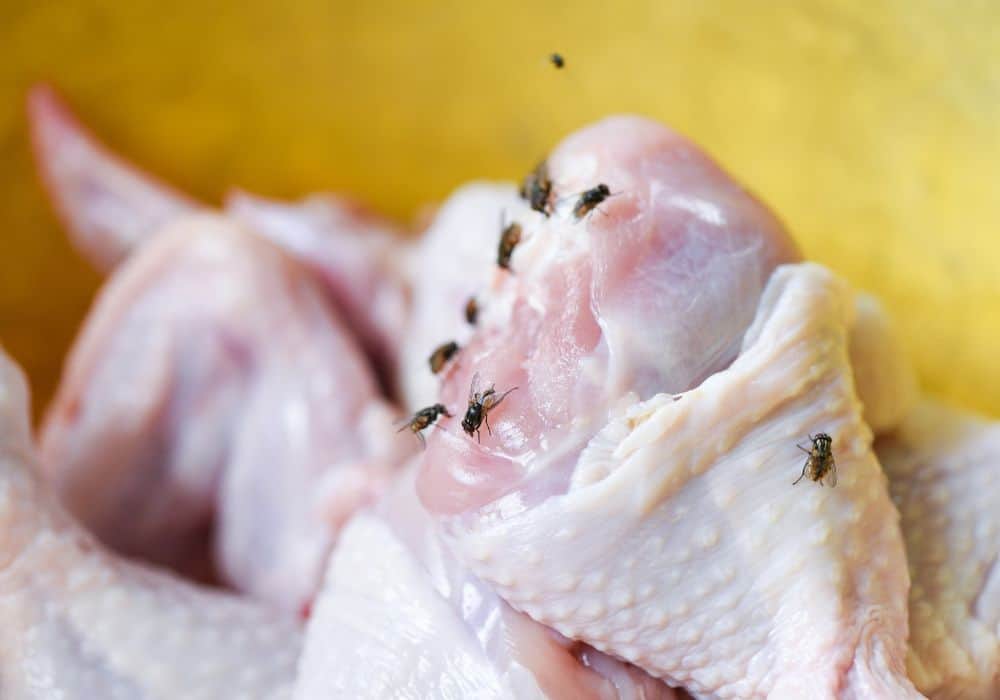
Of all the different fly species, Black flies are the most common and annoying seasonal pest in New Hampshire. Their most active season lasts from mid May until the end of July and they do bite both humans and animals. They can transmit diseases and parasites too, the most notorious of which is Onchocerciasis or “River Blindness”.
Putting window screens on during the spring and summer as well as using bug sprays when you go out is the best way to keep yourself safe.
2. Bees, wasps, hornets, and other
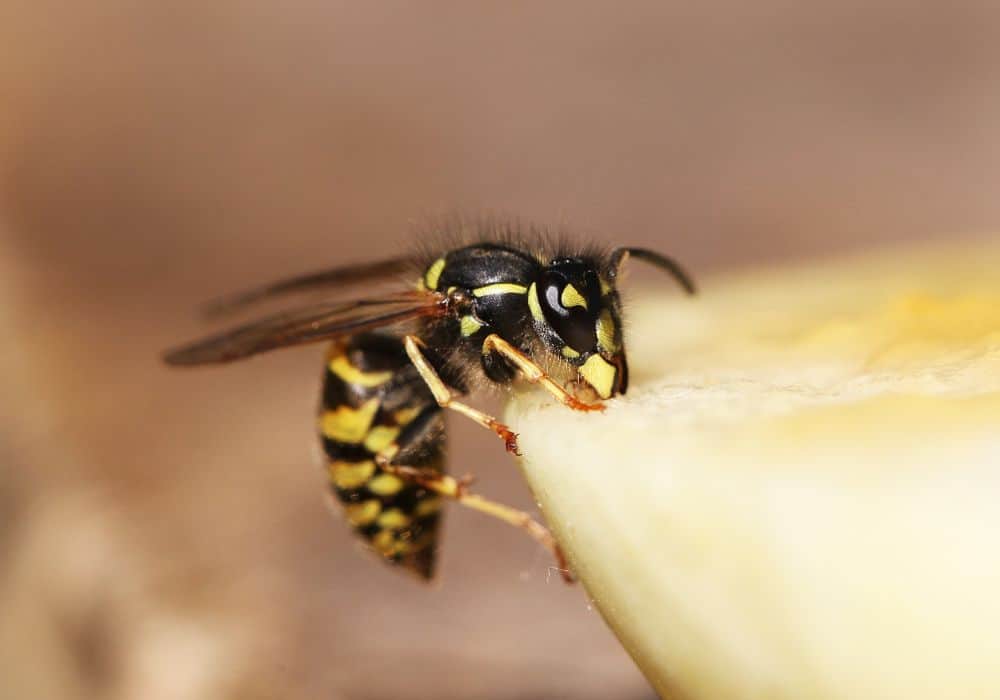
Honey bees are rarely considered pests and, compared to the rest of their cousins, they aren’t. However, stinging insects such as bees and especially wasps and hornets can be especially dangerous for people with allergies. They don’t really transmit diseases but it’s best to get rid of their hives as quickly as possible.
It’s best to get a professional to destroy hornet and wasp nests near your property whereas bee hives should ideally be relocated.
3. Mosquitoes
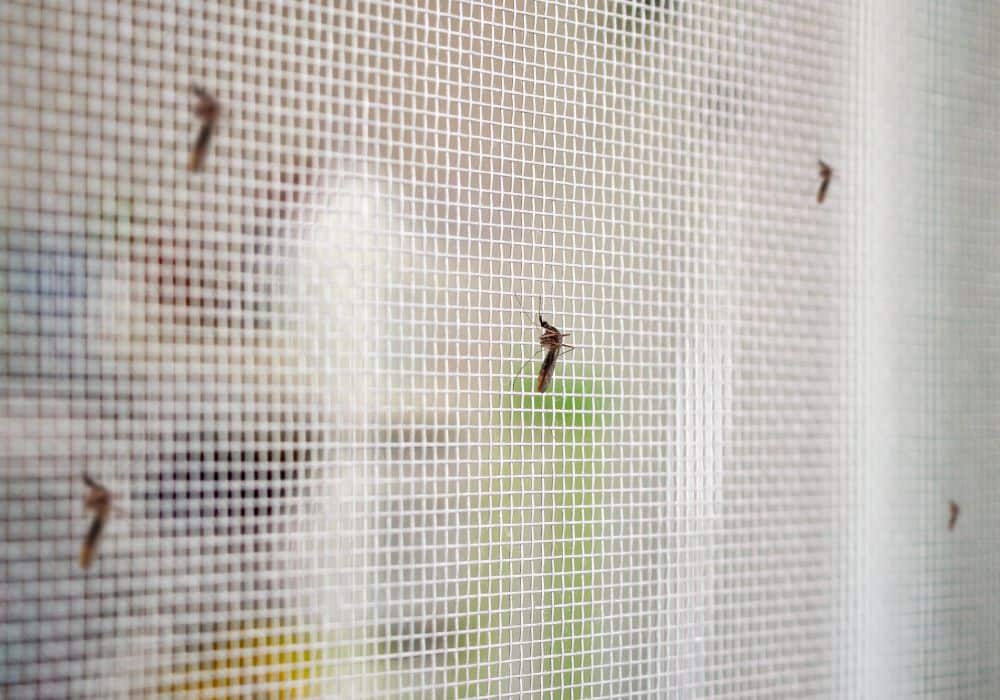
the quintessential seasonal flying pest, mosquito bites aren’t just a source of seemingly endless itching, they can also transmit diseases such as yellow fever, malaria, dengue fever, and others.
As with Black flies, the best way to deal with mosquitoes is to install window screens in your home and to use bug sprays when going out.
4. Stink bugs, seed bugs, ladybugs, and other seasonal invaders
There are dozens of other common seasonal home invaders in New Hampshire, most of which either go into our homes for our potted plants in the summer or for warmth in the winter.
If you have pets or you like going camping, you’re also likely aware of the annoyance presented by ticks, fleas, and other mites. Ticks are especially nasty In New Hampshire as they are responsible for tens of thousands of disease transmissions there, mainly related to Lyme disease.
In Conclusion
As you can see, while there are some key differences between a northeastern state such as New Hampshire and many southern states, a lot of the US house bugs that are found elsewhere are also quite common here as well. They do come in some different species, however, and many have more seasonal behaviors than they do in other places.
Knowing such nuances is important to best deal with the problems these pests present. And, in New Hampshire, as well as anywhere else, the most important step of the process is prevention.
